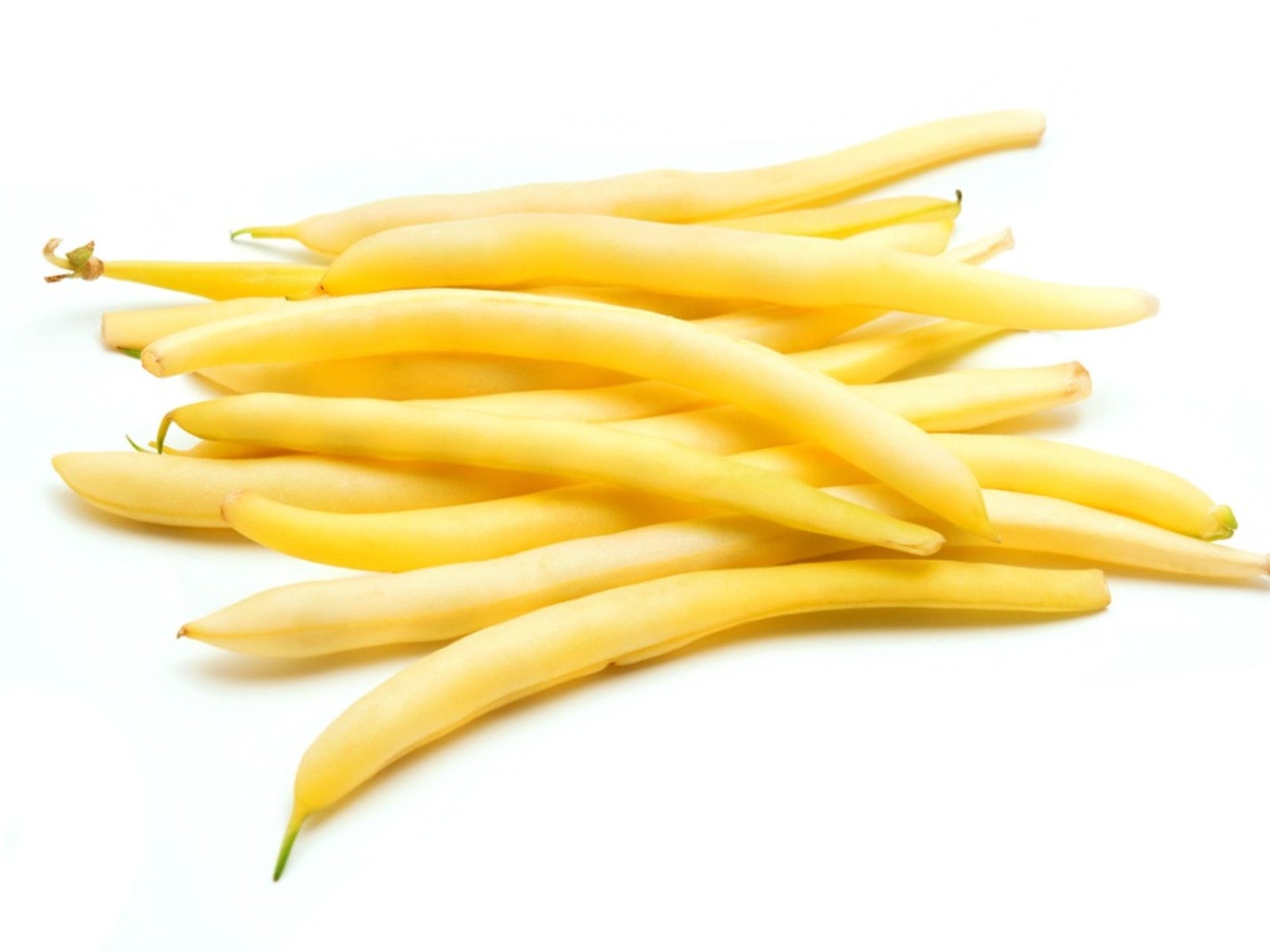Cherokee Wax Bean Plant Info – How To Grow Cherokee Wax Beans


Yellow wax Cherokee beans (Phaseolus vulgaris) are standard, black seeded bush beans. They produce long, waxy yellow pods in short order compared with other bush beans. Yellow wax bean care is relatively simple. If you are considering growing Cherokee wax beans in your home garden, read on. We’ll give you lots of information, as well as tips on how to grow Cherokee wax beans.
Yellow Wax Cherokee Beans
Cherokee wax beans produce five to six inch (12-15 cm.) long yellow pods from 18 inch (46 cm.) tall bean bushes. The beans are delicious whether eaten fresh, frozen, or canned.
Cherokee wax bean plants are warm season annuals that are ready for harvest in a little more than 50 days after germination. They produce a generous crop of beans that keep coming for two weeks or more.
How to Grow Cherokee Wax Beans
If you are wondering how to grow Cherokee wax beans, planting and caring for them is very similar to other beans. Direct sow the seeds in a full sun location in your garden. Wait until the soil temperature is about 60 degrees F. (16 C.).
Plant the seeds one inch deep (2.5 cm.) and two inches apart (5 cm.), with rows about 24 inches apart (61 cm.). The yellow wax Cherokee beans will germinate in ten days or less. Thin the seedlings to one every four inches. The bean plants do not need supports and grow into bean bushes between 16 and 18 inches (41-46 cm.) tall.
Yellow Wax Bean Care
Yellow wax bean care starts with irrigation. Water the bean plants about one inch of water a week. It is important to keep the soil moist while the beans are flowering or else the flowers will fall. When you are irrigating, do not wet the leaves since that promotes disease.
Cherokee bush beans don’t need enriched soil to grow well. However, you’ll get a better yield if you scatter general purpose fertilizer between rows, ½ cup per ten feet (3 m.) of row. Pick the beans before the pods fill out completely. They should still snap. If you harvest beans at the right time, the plants will continue producing for several weeks.
Gardening tips, videos, info and more delivered right to your inbox!
Sign up for the Gardening Know How newsletter today and receive a free copy of our e-book "How to Grow Delicious Tomatoes".
Since you’ve worked so hard in the garden this summer we want to show off the fruits (and veggies) of your labor! We invite you to join the Gardening Know How Virtual Harvest Show by submitting photos of your harvest!

Teo Spengler is a master gardener and a docent at the San Francisco Botanical Garden, where she hosts public tours. She has studied horticulture and written about nature, trees, plants, and gardening for more than two decades. Her extended family includes some 30 houseplants and hundreds of outdoor plants, including 250 trees, which are her main passion. Spengler currently splits her life between San Francisco and the French Basque Country, though she was raised in Alaska, giving her experience of gardening in a range of climates.
-
 Moody Blooms For Spring: 8 Types Of Black Flowers To Add Drama To Spring Displays
Moody Blooms For Spring: 8 Types Of Black Flowers To Add Drama To Spring DisplaysFrom midnight burgundies to inky violets, several types of black flowers can enrich and embolden a spring display. Try these brooding bloomers for a moody garden
By Tonya Barnett
-
 Can Snake Plants Live Outside? Everything You Need To Know For Snake Plants Al Fresco
Can Snake Plants Live Outside? Everything You Need To Know For Snake Plants Al FrescoSnake plants can live outside given the right conditions, but be careful that they don't take over! Learn the best way to use snake plants in your landscape.
By Mary Ellen Ellis